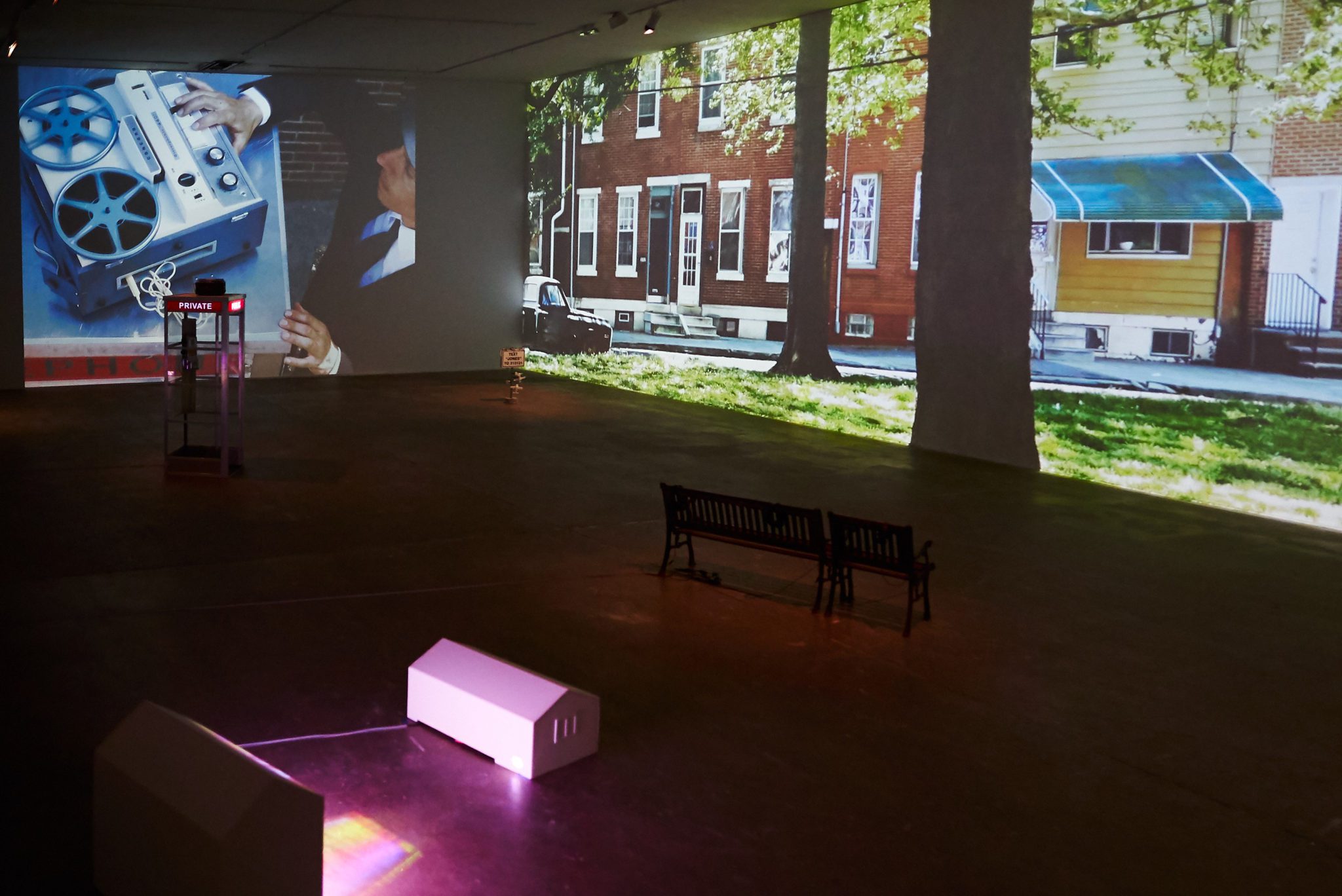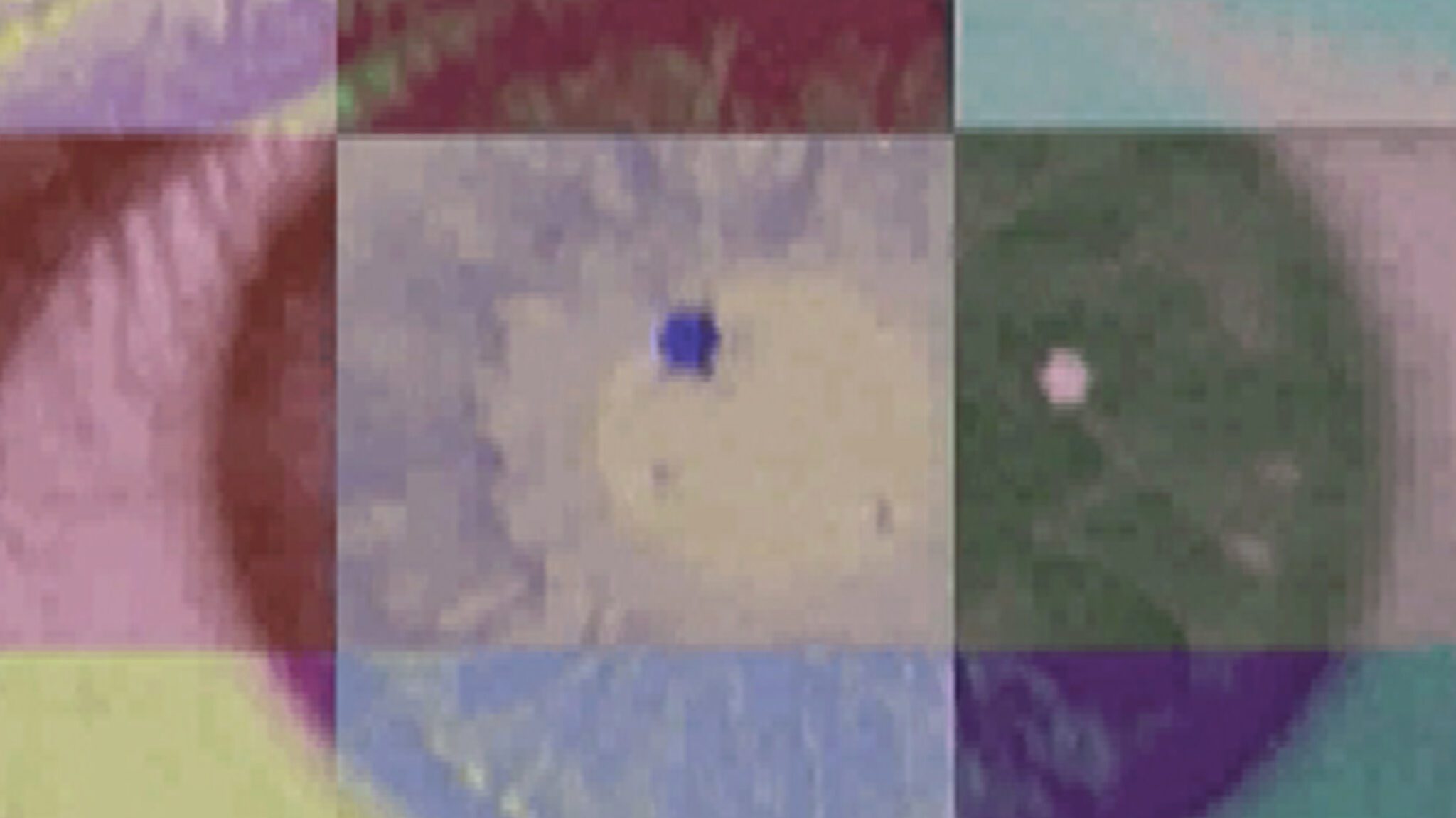The evolution of surveillance technology and the interpretation of the Fourth Amendment
I had a vague understanding of the Fourth Amendment and privacy rights as pertaining to constitutionally protected places. What I did not know, and what I sought to understand, was how the Supreme Court accounted for new surveillance technologies, which had both extended human sensory perception and allowed for the automated tracking of human behavior, in the interpretation of the Fourth Amendment. What struck me while doing the research was the emphasis the Court justices placed on what was generally accepted as “reasonable”.
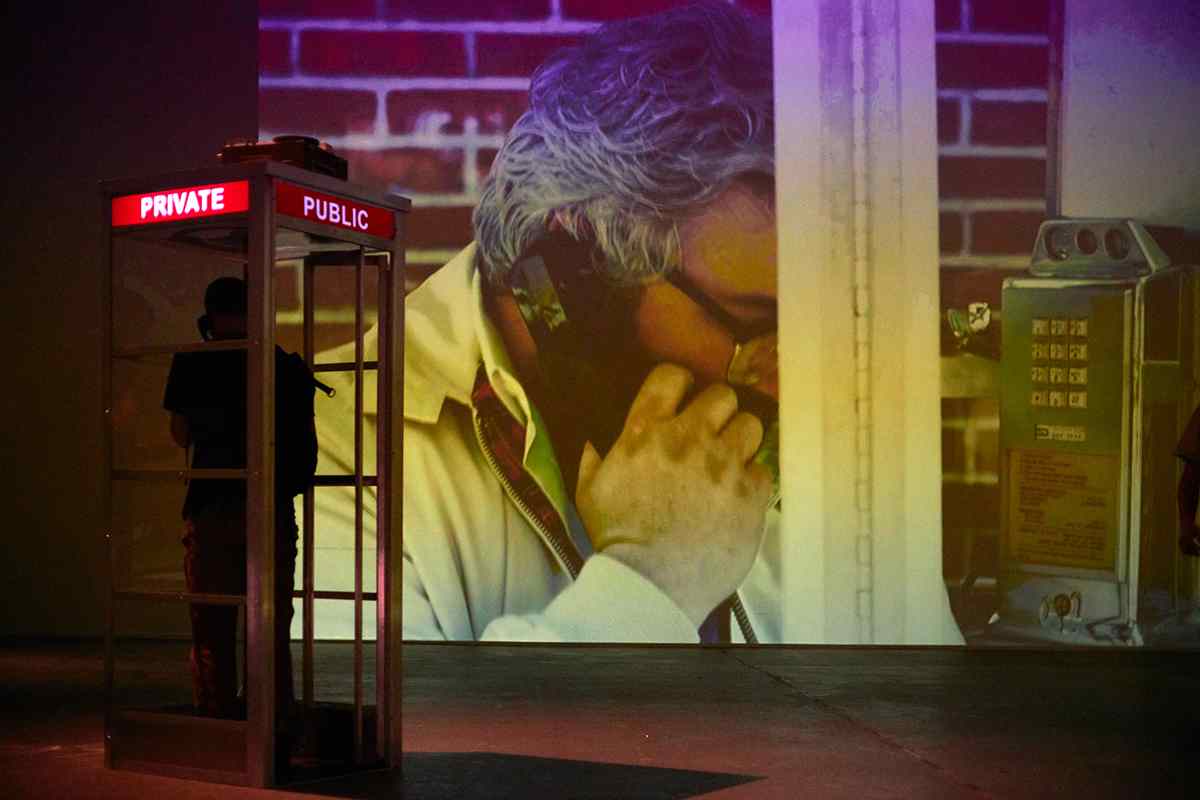
It is not so much the deployment of new technologies for surveillance purposes that matters to the Court’s ruling on the Fourth Amendment. Rather, it is how the Justices interpret the use of technology and it's impact on what is considered a "reasonable expectation of privacy".
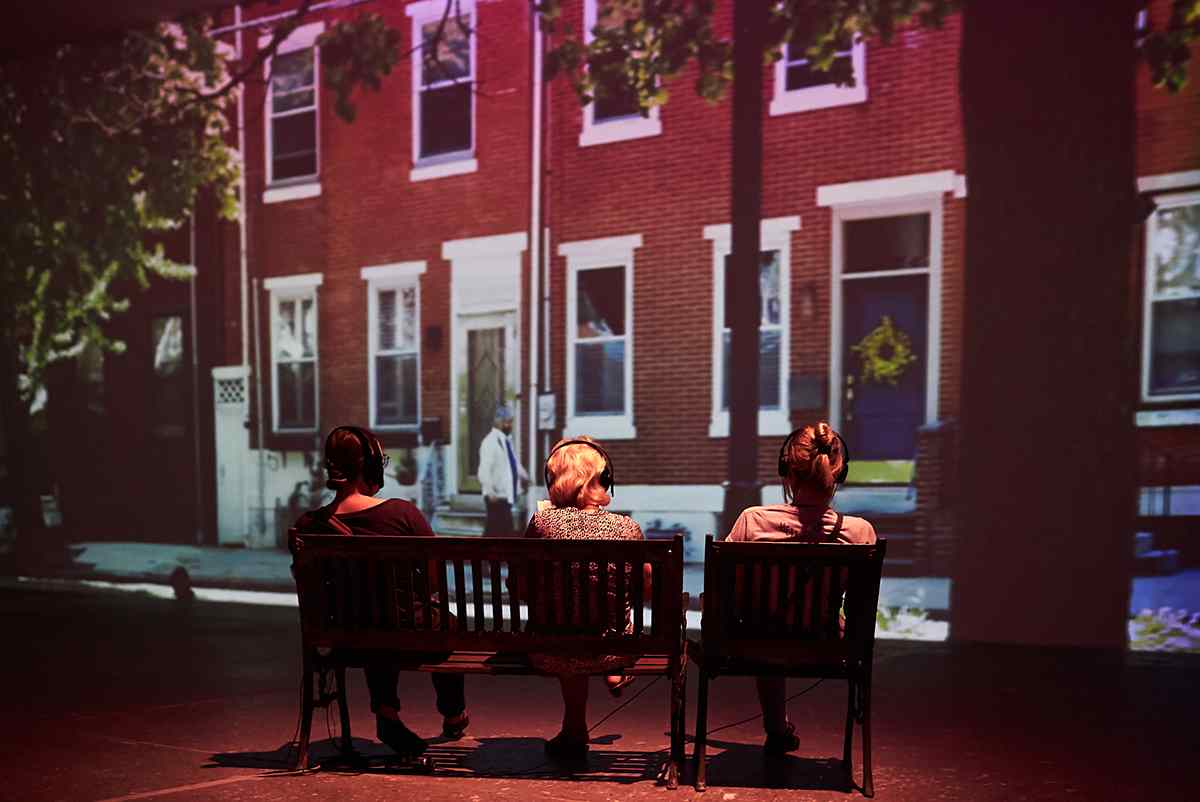
"A Reasonable Expectation of Privacy" was originally produced as a site-specific installation by Lisa Marie Patzer for the 2018 Video Artist Residency at the IceBox Project Space, Philadelphia, PA. Special thanks to the co-directors Ryan McCartney and Timothy Belknap, gallery coordinator Logan Cryer, and interns Jess and Liz at the IceBox for all of their support.
"A Reasonable Expectation of Privacy" is supported in part by the Pennsylvania Council on the Arts, a state agency funded by the Commonwealth of Pennsylvania and the National Endowment for the Arts, a federal agency.

CREDITS:
Video Adaptation of Katz v. United States
Bruce Byker-James, Director of Photography
Brandon Watz, Camera Crew and Color Correction
Kate Lord, Production Assistant
Joe Kauffman, Katz
Robert (Hap) Almy, FBI Special Agent Barron and Voice Over
Drew Biordi, FBI Special Agent Frei
Timothy Belknap, Telephone Booth Fabrication
Video Adaptation of Kyllo v. United States
Drew Biordi, Man in Window
third party doctrine audio
Robert Smythe, Voiceover
Other Shout Outs
Cory Lord, electronics technical support
Nick Yarnall, 3D designs and printing
Risolve Studio, exhibition booklet
Molly Tack-Hooper, legal consultation
EXHIBITS:
Media Upper-Providence Library, Media, PA, April - May 2019
PRESS:

WHYY, Newsworks Tonight
"Philly art exhibit examines what to expect when you’re expecting privacy [text and audio]"
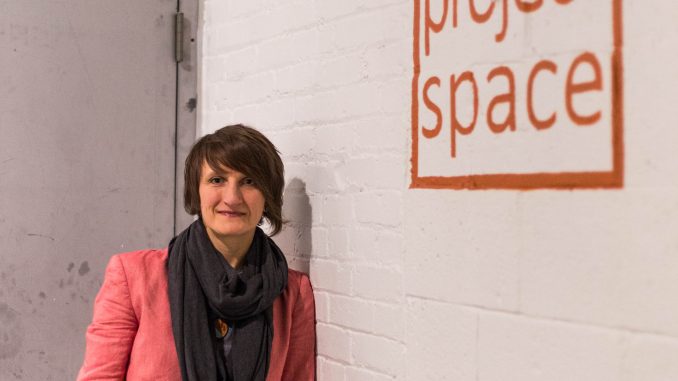
Temple News
"Alumna uses digital media to explore surveillance"
Lisa Marie Patzer is the Icebox Project Space’s inaugural recipient of its Video Residency Program.
By Veronica Thomas
January 30, 2018
Kyllo vs. United States (2001)
Using a FLIR thermal image camera, Lisa Marie Patzer produced a reenactment of Kyllo vs. United States (2001), a case in which a Department of the Interior agent, suspicious that Danny Kyllo was growing marijuana, used a thermal-imaging device to scan his home. The video was video mapped onto the side of a white, three-dimensional structure, representing the house.


